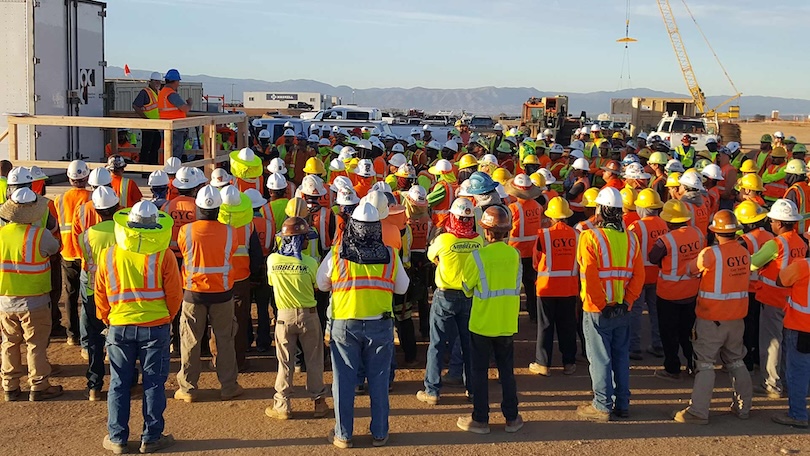In the dynamic and fast-paced world of industries and workplaces, all over the industries, regardless if we are onshore or offshore, ensuring the safety of employees is paramount. Safety stand-downs have emerged as a powerful tool in promoting a culture of safety, fostering communication, and preventing accidents. This short article explores what safety stand-downs are, why they are essential, and how they can significantly improve overall safety conditions.
What are the Safety Stand-Downs?
A safety stand-down is a temporary pause in normal work operations, typically initiated by employers or management, to address and discuss critical safety concerns. During this period, regular work activities are halted, allowing employees to focus on understanding and addressing potential hazards, reinforcing safety protocols, and promoting a collective commitment to a safer work environment.

Key Components of a Safety Stand-Down:
Communication and Collaboration:
Safety stand-downs provide a platform for open communication and collaboration among all levels of an organization. This includes management, supervisors, and frontline workers. By fostering a culture of transparency, employees feel empowered to voice safety concerns, share experiences, and contribute to the development of effective safety measures.
Training and Education:
Safety stand-downs offer an opportunity for comprehensive training and education on specific safety issues or procedures. This can include reviewing safety protocols, demonstrating the correct use of safety equipment, and providing updates on industry best practices. Well-informed employees are better equipped to identify and mitigate potential hazards.
Emergency Response Planning:
Safety stand-downs are an ideal time to review and practice emergency response plans. By conducting drills and simulations, employees can become familiar with the proper procedures to follow in the event of accidents, ensuring a swift and coordinated response that minimizes the impact on both personnel and property.
Risk Assessment and Hazard Identification:
During safety stand-downs, teams can collectively assess and identify potential risks and hazards specific to their work environment. This proactive approach allows organizations to implement preventive measures and develop strategies to minimize the likelihood of accidents occurring in the first place.
Benefits of Safety Stand-Downs:
Improved Safety Awareness:
Safety stand-downs contribute to heightened safety awareness among employees. By dedicating time to discuss safety issues and protocols, workers develop a deeper understanding of potential risks and the importance of adhering to safety guidelines.
Reduction in Accidents and Injuries:
The proactive nature of safety stand-downs helps in identifying and addressing potential hazards before they lead to accidents or injuries. This prevention-focused approach can significantly reduce the number of workplace incidents, ensuring a safer working environment for all.
Enhanced Team Morale:
Engaging employees in safety stand-downs demonstrates a commitment to their well-being. This can boost morale, fostering a positive work culture where employees feel valued and supported, leading to increased job satisfaction and productivity.
Legal and Regulatory Compliance:
Safety stand-downs contribute to an organization’s compliance with legal and regulatory safety requirements. By staying current with industry standards and regulations, companies can avoid legal repercussions and maintain a reputation for responsible business practices.
In conclusion, safety stand-downs are a vital component of a comprehensive safety strategy, promoting a proactive approach to risk management. By embracing these temporary pauses in regular work activities, organizations can create a culture of safety, reduce accidents, and enhance overall workplace well-being. Investing time and resources in safety stand-downs is not just a legal or regulatory obligation; it is a commitment to the health and safety of the most valuable asset – the workforce.
